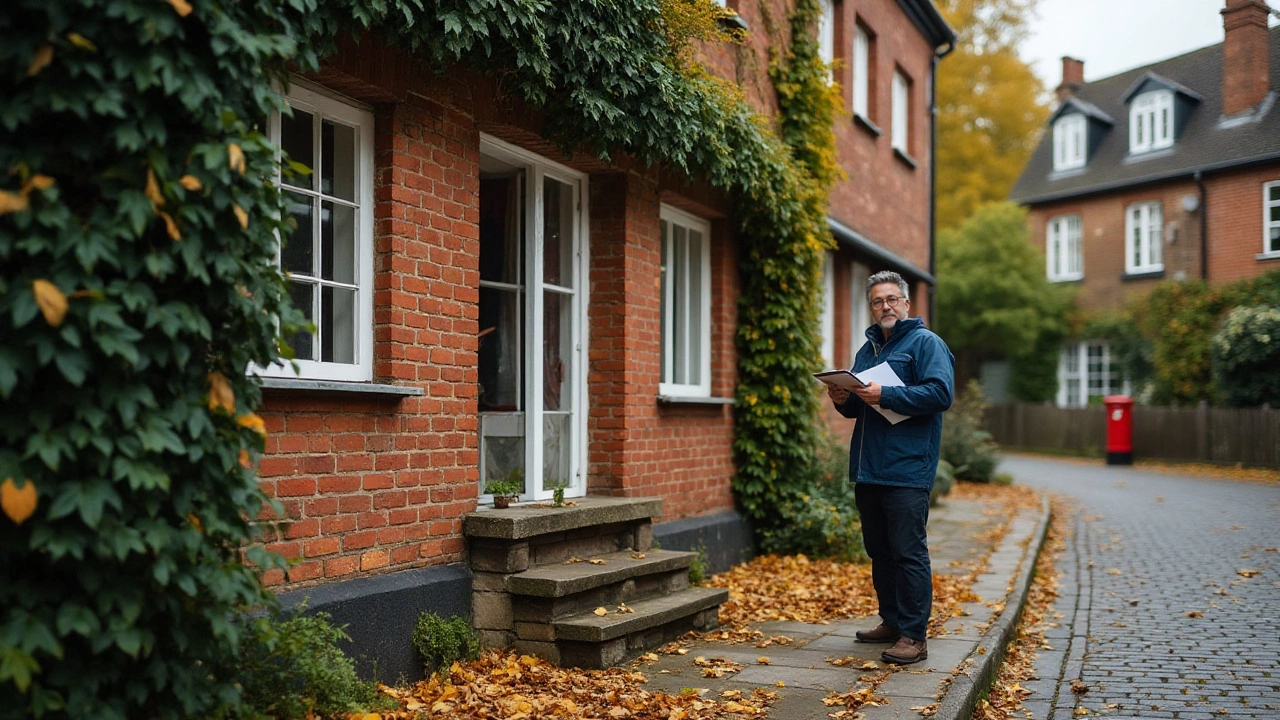Older Homes: Practical Tips and Ideas
Owning an older home feels like having a piece of history, but it also brings a set of unique challenges. From creeping drafts to outdated bathrooms, you’ll find a mix of charm and maintenance tasks. Below are clear, hands‑on ideas to keep your older property safe, stylish, and comfortable.
Common Challenges in Older Homes
First, many older houses suffer from foundation problems. Small cracks, shifting floors, or doors that won’t close are often signs that the foundation needs attention. Spotting these early can save you a lot of money later. If you notice any of these signs, call a specialist to assess the structure and discuss repair options.
Mold is another lurking issue, especially in places with poor ventilation. Even brand‑new builds can develop mold if moisture gets trapped. Look for musty smells, discolored walls, or peeling paint. Simple steps like using a de‑humidifier, fixing leaks promptly, and ensuring proper airflow can keep mold at bay.
Old bathrooms often feel cramped and dull. Upgrading fixtures, adding a fresh coat of paint, or swapping out dated tiles can dramatically improve the look and function of the space. Even small changes like a new vanity or better lighting make a big difference.
Storage is usually limited in older homes, especially if the original floor plan didn’t anticipate modern needs. Creative solutions like built‑in shelves, hidden compartments, or vertical storage can free up precious floor space without major remodels.
Smart Upgrades That Add Value
When it comes to flooring, you have plenty of options that respect the character of an older home while offering modern durability. Engineered hardwood and luxury vinyl plank are two trends doing well in 2025. They look like real wood, are easier to install on uneven subfloors, and resist wear better than traditional plank.
Don’t ignore the roof. A costly roof replacement can feel overwhelming, but a solid roof protects everything underneath. Get multiple quotes, ask about financing options, and watch out for red flags like unusually low prices that may hide sub‑standard materials.
Updating windows is another win‑win. Modern window coverings, like sleek blinds or energy‑efficient curtains, improve insulation and give rooms a fresh look. Check out current trends to choose styles that complement the historic vibe of your home.
Finally, consider the overall interior style. Timeless décor—think classic colour palettes, simple mouldings, and quality furniture—helps older homes stay on‑trend without looking forced. Stick to patterns and colours that have stood the test of time, and you’ll avoid costly redesigns later.
Older homes can be rewarding projects when you focus on the right fixes and upgrades. By addressing foundation and mold issues early, adding smart storage, and choosing flooring that blends old‑world charm with modern performance, you’ll keep your house comfortable and valuable for years to come.
Common Foundation Issues in Older Homes and How to Address Them
- Gavin Whitaker
- |
- |
- 0
Older homes often come with a unique charm, but they may also exhibit signs of foundation problems due to their age and the materials used during construction. Shifts in the earth, water damage, and outdated building techniques can contribute to these concerns. Before remedial actions can be taken, it's crucial to understand the common symptoms of foundation issues. This article explores the common problems found in older homes and provides tips on how homeowners can address and prevent these structural woes.
View more